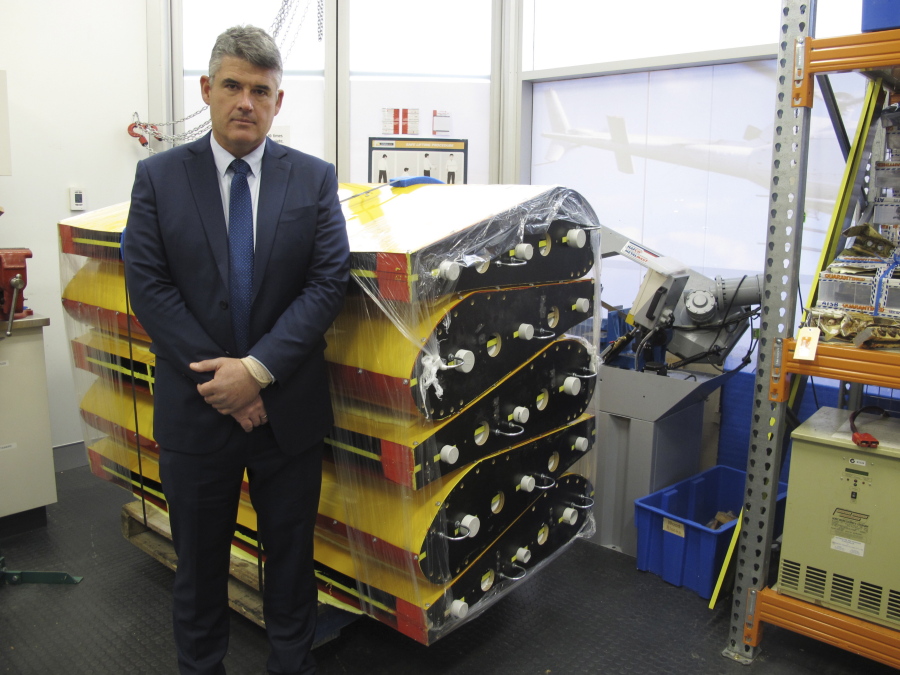CANBERRA, Australia — Experts hunting for the missing Malaysian airliner are attempting to define a new search area by studying where in the Indian Ocean the first piece of wreckage recovered from the lost Boeing 777 — a wing flap — most likely drifted from after the disaster that claimed 239 lives, the new leader of the search said.
Officials are planning the next phase of the deep-sea sonar search for Malaysia Airlines Flight 370 in case the current two-year search of 46,000 square miles turns up nothing, said Australian Transport Safety Bureau chief commissioner Greg Hood, who took over leadership of the bureau last month.
However, a new search would require a new funding commitment, with Malaysia, Australia and China agreeing in July that the $160 million search will be suspended once the current stretch of ocean southwest of Australia is exhausted unless new evidence emerges that would pinpoint a specific location of the aircraft.
“If it is not in the area which we defined, it’s going to be somewhere else in the near vicinity,” Hood said in an interview this week.



